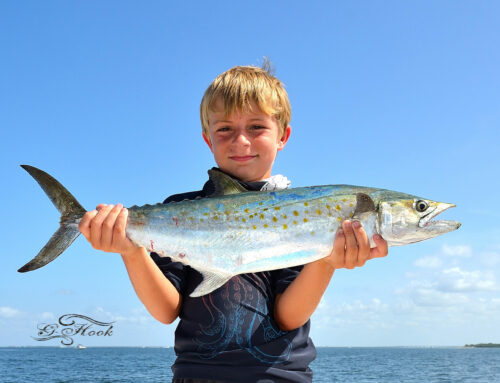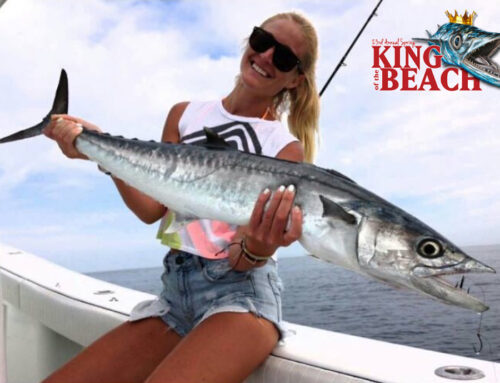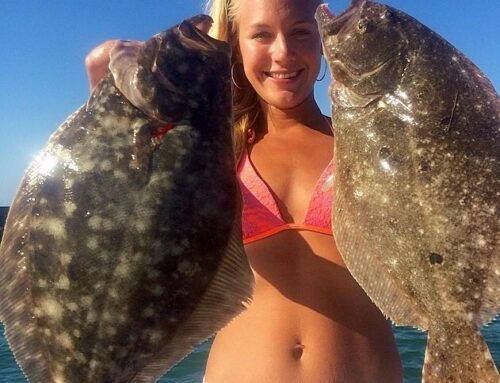 This week was a colorful week with Mahi Mahi (Dorado or Dolphin) fish being the photo of the week species. They are known for their bright green, yellows and blues. Congratulations to Chris Campbell with a nice bull caught on “Big Whiskey” out of Ocean Isle Beach, NC.
This week was a colorful week with Mahi Mahi (Dorado or Dolphin) fish being the photo of the week species. They are known for their bright green, yellows and blues. Congratulations to Chris Campbell with a nice bull caught on “Big Whiskey” out of Ocean Isle Beach, NC.
_______________________________________
The Mahi Mahi or common dolphinfish (Coryphaena hippurus) is a surface-dwelling ray-finned fish found in off-shore temperate, tropical and subtropical waters worldwide. Also known widely as Dorado. The name mahimahi means very strong in Hawaiian.
Mahi-mahi can live up to 5 years, although they seldom exceed four. Catches average 7 to 13 kilograms (15 to 29 lb). They seldom exceed 15 kilograms (33 lb), and mahi-mahi over 18 kilograms (40 lb) are exceptional.
Mahi-mahi have compressed bodies and a single long-based dorsal fin extending from the head almost to the tail.[7] Their caudal fins and anal fins are sharply concave. They are distinguished by dazzling colors: golden on the sides, and bright blues and greens on the sides and back. Mature males have prominent foreheads protruding well above the body proper. Females have a rounded head. Females are also usually smaller than males.
The pectoral fins of the mahi-mahi are iridescent blue. The flank is broad and golden. 3 black diagonal stripes appear on each side of the fish as it swiftly darts after prey. Out of the water, the fish often change color (giving rise to their Spanish name, dorado, “golden”), going though several hues before finally fading to a muted yellow-grey upon death.
Mahi-mahi are among the fastest-growing fish. They spawn in warm ocean currents throughout much of the year, and their young are commonly found in seaweed. Mahi-mahi are carnivorous, feeding on flying fish, crabs, squid, mackerel, and other forage fish. They have also been known to eat zooplankton and crustaceans.
Males and females are sexually mature in their first year, usually by 4–5 months old. Spawning can occur at body lengths of 20 cm. Females may spawn two to three times per year, and produce between 80,000 and 1,000,000 eggs per event.
In waters averaging 28 °C/83 °F, mahi-mahi larvae are found year-round, with greater numbers detected in spring and fall. In one study, seventy percent of the youngest larvae collected in the northern Gulf of Mexico were found at a depth greater than 180 meters. Spawning occurs normally in captivity, with 100,000 eggs per event. Problems maintaining salinity, food of adequate nutritional value and proper size, and dissolved oxygen are responsible for larval mortality rates of 20-40%. [8] Mahi-mahi fish are mostly found in the surface water. Juveniles feed on shrimp, fish and crabs found in rafts of Sargassum weeds. Their flesh is soft and oily, similar to sardines. The body is slightly slender and long, making them fast swimmers; they can swim as fast as 50 knots (92.6 km/h, 57.5 mph).




Leave A Comment